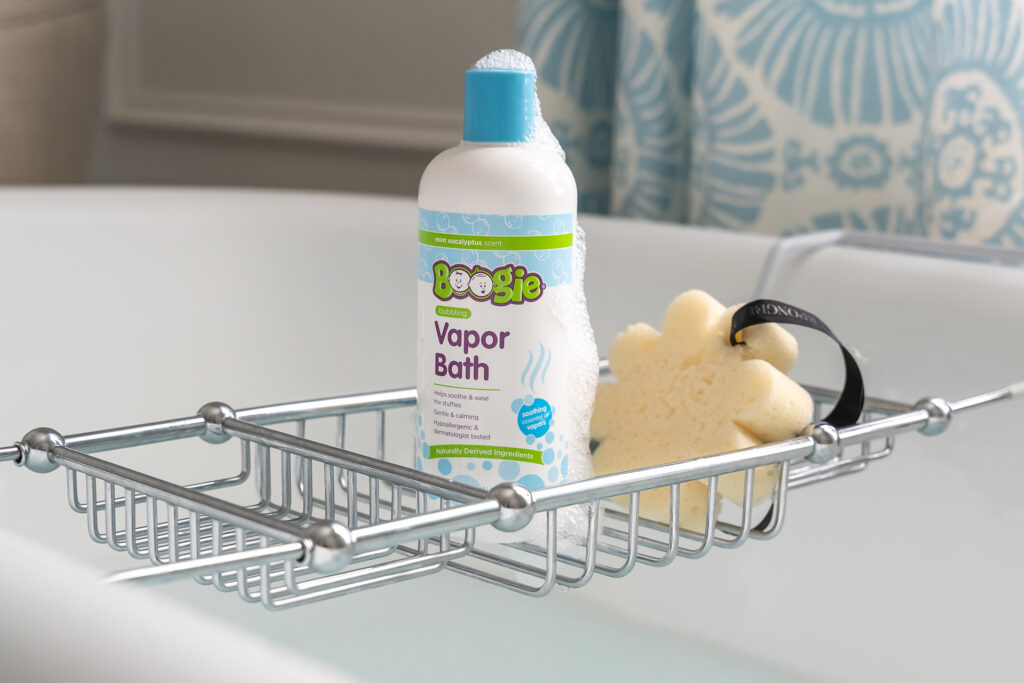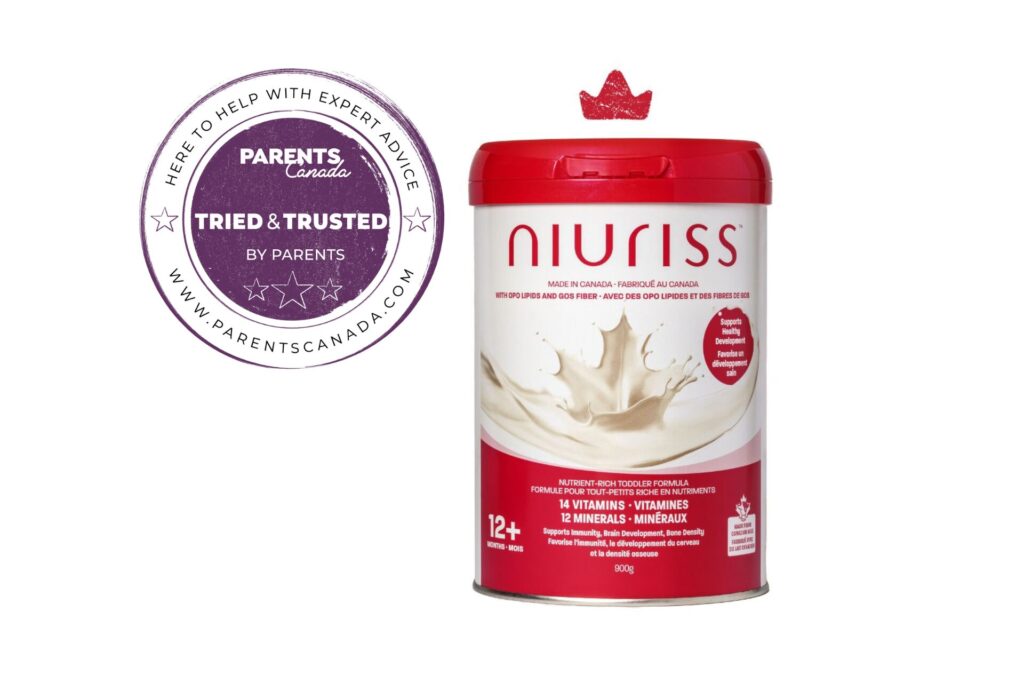A child will ultimately have 20 baby (primary) teeth and, as an adult, 32 permanent teeth divided equally between the upper and lower jaws. In each jaw the baby teeth comprise four incisor teeth at the front, and on each side a single eye tooth followed by two molar teeth towards the back.
Your child will eventually lose these four front incisors and two eye teeth which will be replaced by permanent incisors and eye teeth. The baby molars will be replaced by bicuspids. First, second and third permanent molars will come in behind the bicuspids on each side of the jaws. Permanent third molars are often called wisdom teeth. Your child will use the front and eye teeth for cutting food and back teeth (molars and premolars) for grinding food.
Your child's teeth began developing long before birth – in fact, during the sixth week after conception. By the end of the six month after conception, all of them will have begun to develop.
The Importance Of Diet
Both enamel and dentin contain and require large amounts of calcium for their formation. As a result, a mother and child need dietary calcium which can be obtained in generous amounts from milk and cheese and vitamin D, which helps them use it efficiently. Vitamin A from yellow vegetables and fruits, green vegetables, margarine, butter, eggs and liver is also essential for normal enamel formation. Vitamin C from citrus fruits and juices and vitaminized apple juice is also needed.
Getting Teeth, Losing Teeth
The crown of the baby tooth is formed first, deep in the jaw bone, and is covered by the child's gums. When the root begins to develop the crown pushes through the gum. Incisor, eye teeth and bicuspid teeth have single roots. Molars have two or more roots.When the permanent teeth develop their roots, they start to move through the jaw bone causing the roots of the baby teeth to be removed. As a result of this loss of root, the baby tooth becomes loose and eventually falls out.Get the facts on Baby Teeth and Permanent Teeth
Teething
Most children are not disturbed by teething, although they may experience some difficulty when their baby molars are erupting.
Sugar Snacks
The sugar in sweets such as cookies, cakes and candies can cause tooth decay. Sticky candies such as toffee or caramel, raisins and some cakes remain in the mouth longer and are a cause for concern. The more frequently these snacks are eaten, the greater the likelihood of tooth decay. Substitute snacks which contain no sugar, such as popcorn, cheese, vegetables, pretzels and fresh fruits.
Sweets should only be given at meal time when after-meal tooth brushing can take place.
Nursing Bottle Decay
Babies on a bottle can develop cavities if sweet juice is given frequently during the day and night. The amount is not as critical as the frequency.
Memo: Children who constantly suck at a bottle of milk, formula, juice or any sweet liquid are bathing their teeth in decay-causing sugary liquids.
The lactose in milk is equally harmful. A bedtime bottle can become a habit for such children which are difficult to break. The flow of saliva which helps wash these liquids off the teeth decreases during sleep, so that decay-causing sugars tend to become concentrated and have the potential to be more damaging.
Important: Never put your child to bed with a bottle containing milk or juices. If your child insists on a bed-time bottle, make sure it contains only water.
Try to wean your child from a bottle as early as is practical. Nursing bottle decay is common, and your children need their baby molar teeth for about 10 years. Breast-fed babies also can get nursing bottle decay if, as toddlers, they consistently fall asleep at the breast with milk in their mouths.
Pit And Fissure Sealents
The biting surfaces of primary and permanent teeth are covered with pits and fissures which are difficult to clean with a toothbrush. Your dentist may suggest sealing these areas with a clear or white plastic material. These materials bond to the tooth surface and make them easier to clean with a toothbrush. Permanent molars are more commonly treated than baby molars.
Thumb Sucking
Thumb sucking is practiced by some 50 percent of children at one year of age. By age 6 only 15 to 20 percent still suck – and by age 9 to 14 it's less than 5 percent. If the habit stops at age 4 or 5 (and before permanent front teeth erupt) there is usually no effect on the alignment of the permanent teeth.Thumb sucking likely fills an emotional need for some children, especially during late childhood. Intervening before your child is ready to stop often results in an intensification of the habit.
Orthodontic Treatment
Orthodontics is the branch of dentistry which deals with the straightening of crooked teeth. At some stages during tooth eruption, teeth that appear to be crooked will align naturally as other teeth are shed and new ones erupt. Your dentist can tell you whether you need orthodontic intervention.
Some problems can be corrected over a short period of time using simple orthodontic appliances, while others take several years using braces. Some treatment may be appropriate as early as age 5 or you may be advised to wait until all the permanent teeth have erupted.
Mouthguards
When participating in active sports such as hockey, football, boxing, squash and lacrosse, children should wear appropriate mouth guards made or recommended by a dentist. Mouth guards lower the incidence and severity of injuries to teeth, and they act as a buffer against jaw fractures, neck injuries and concussions by absorbing some of the blow. There are three kinds of mouth guards: custom-fitted latex, mouth-formed and stock. They vary in cost, comfort and protection.
*These suggestions are from the Canadian Dental Association











